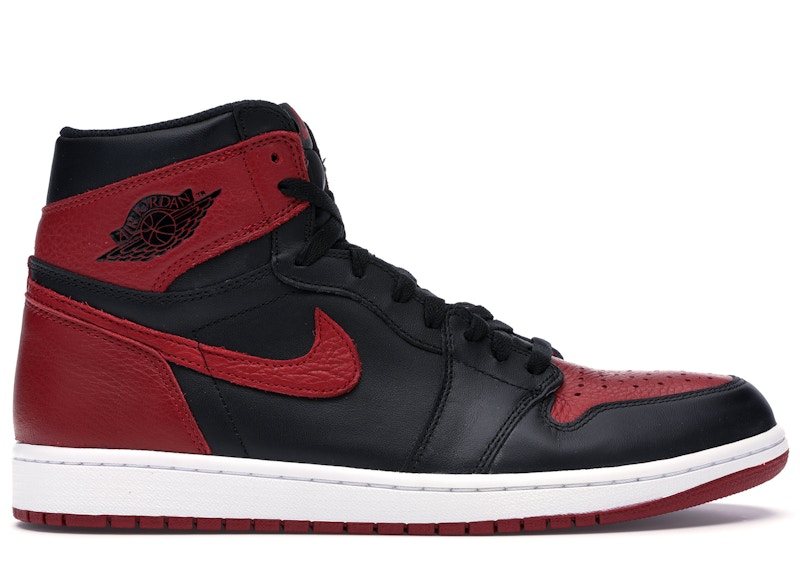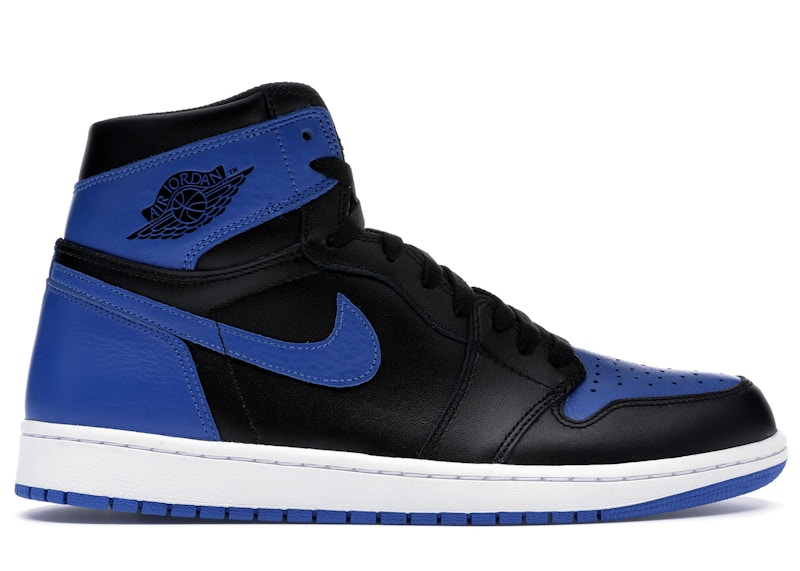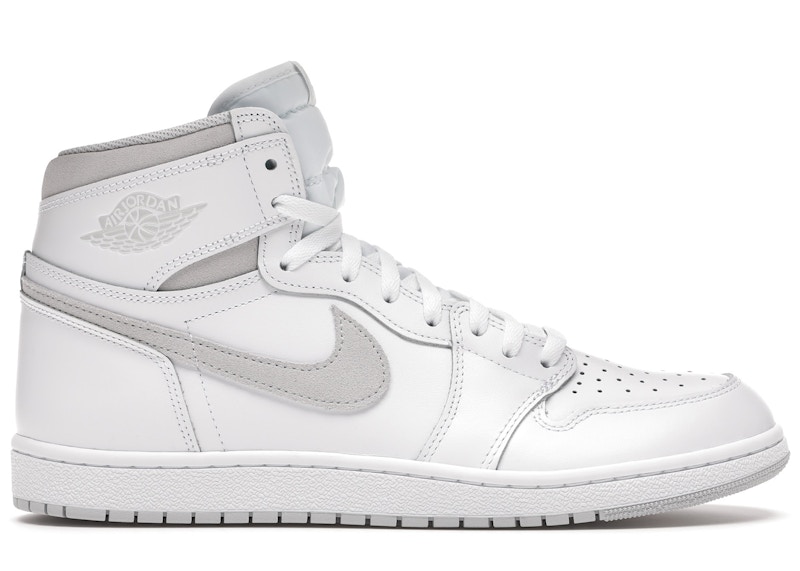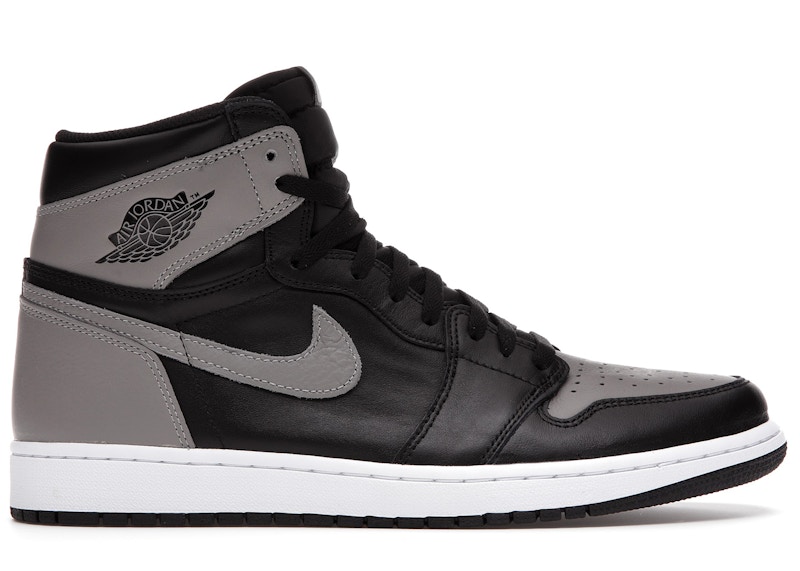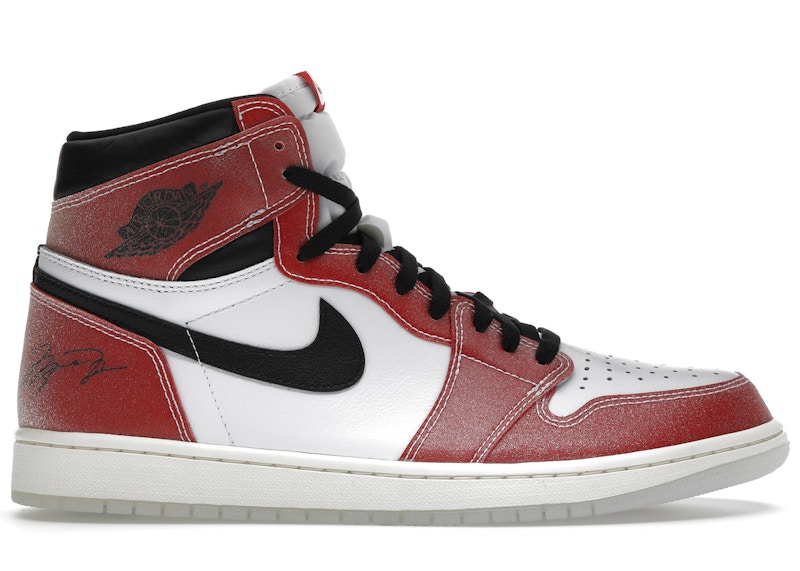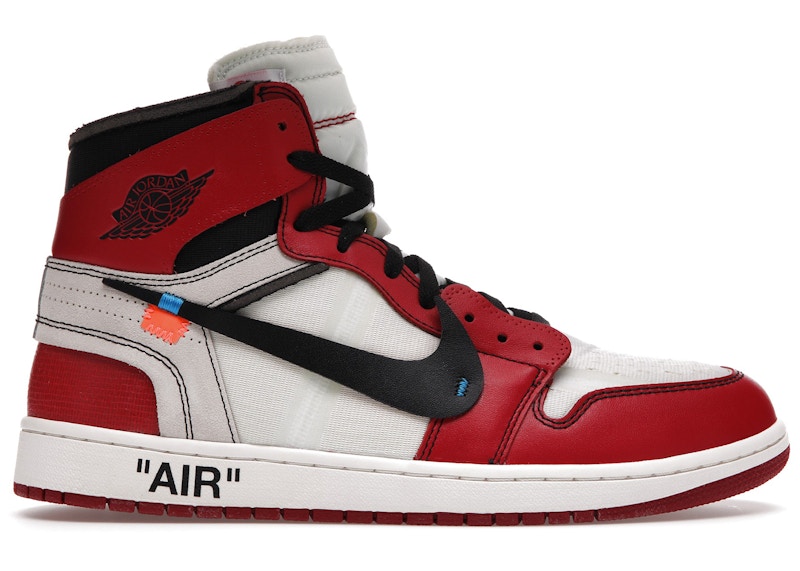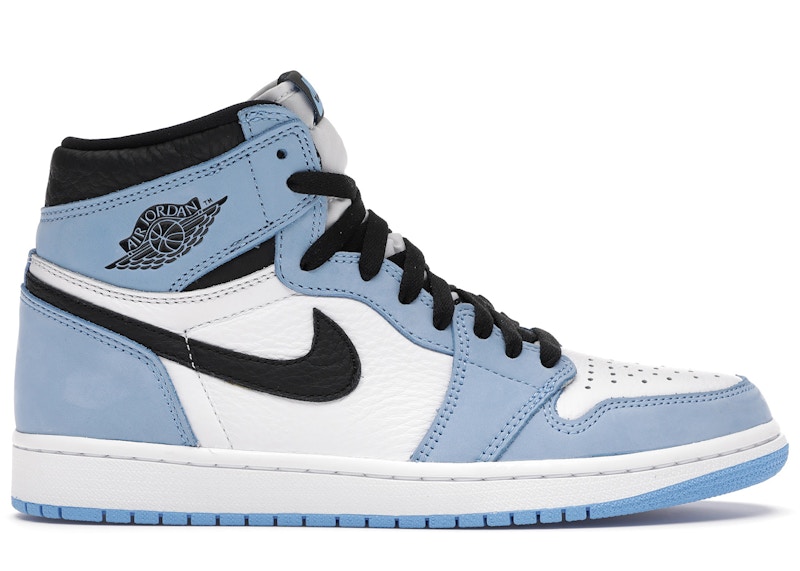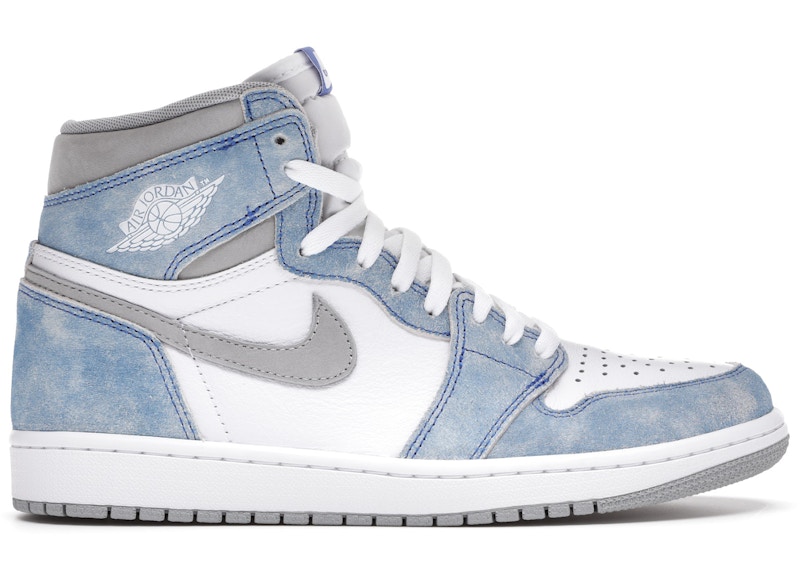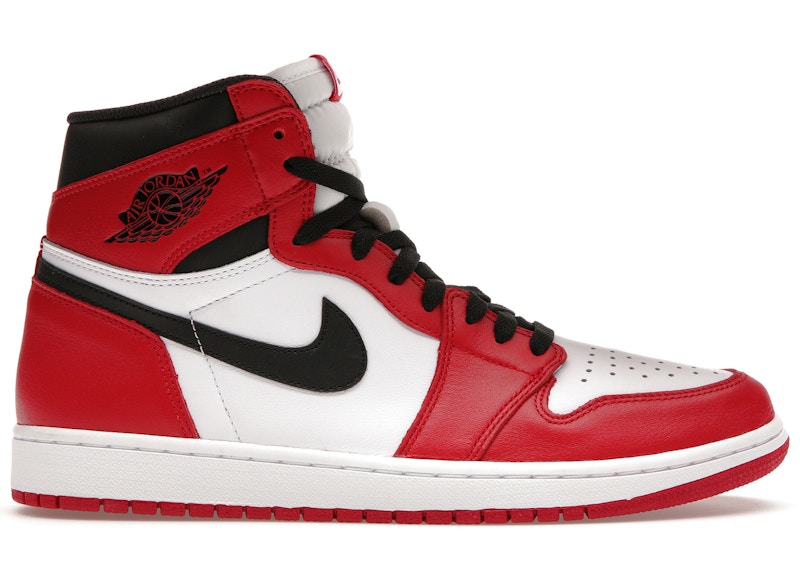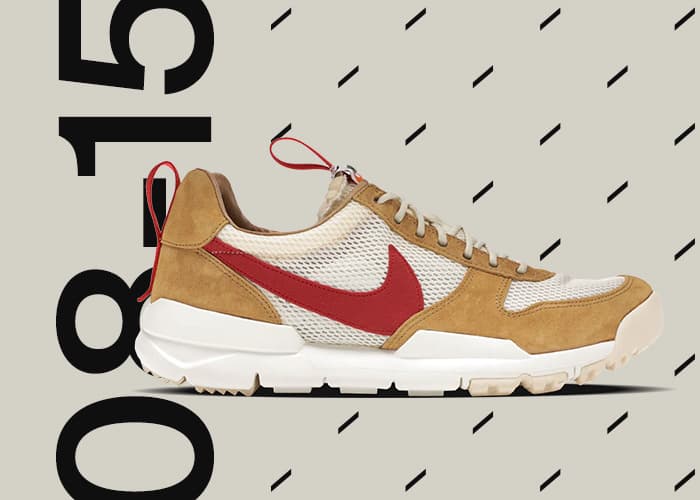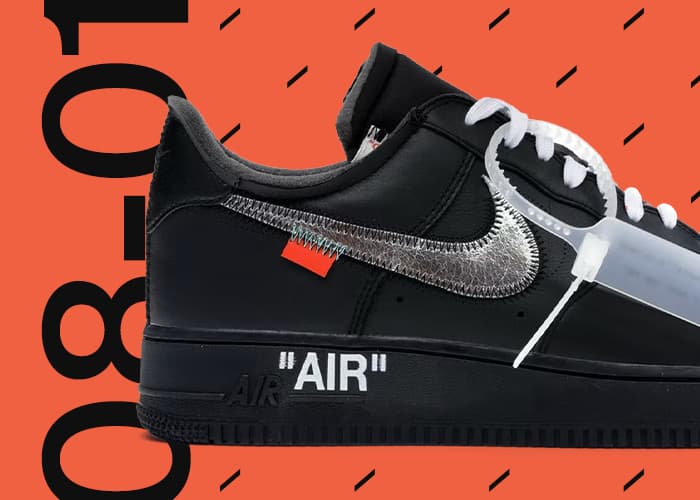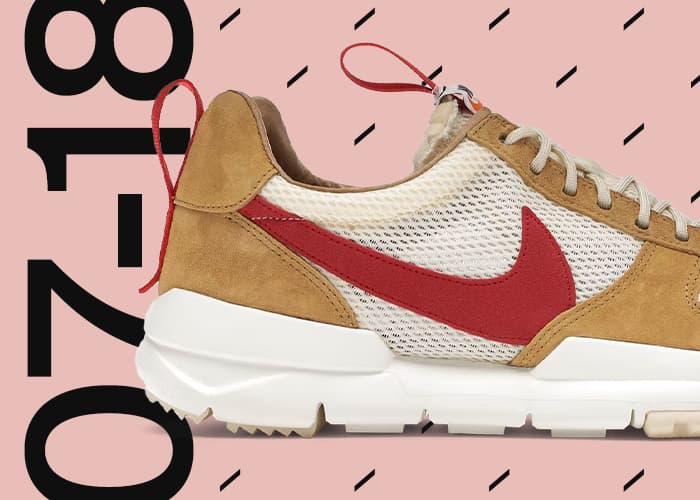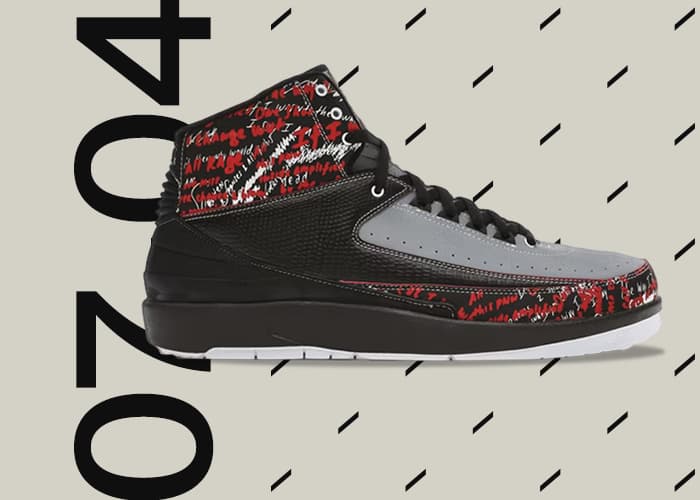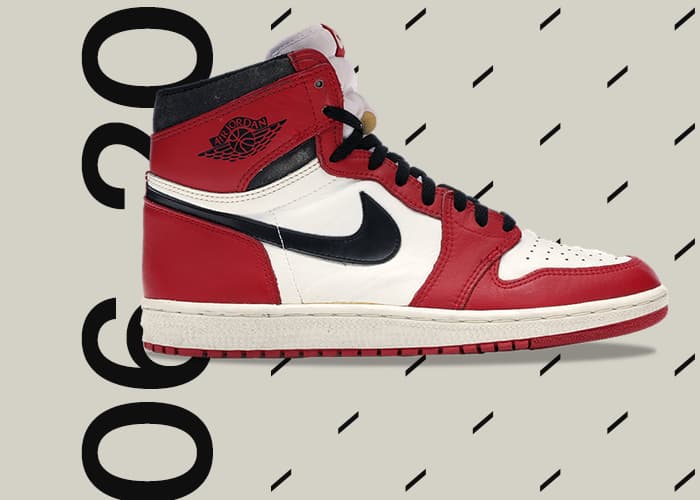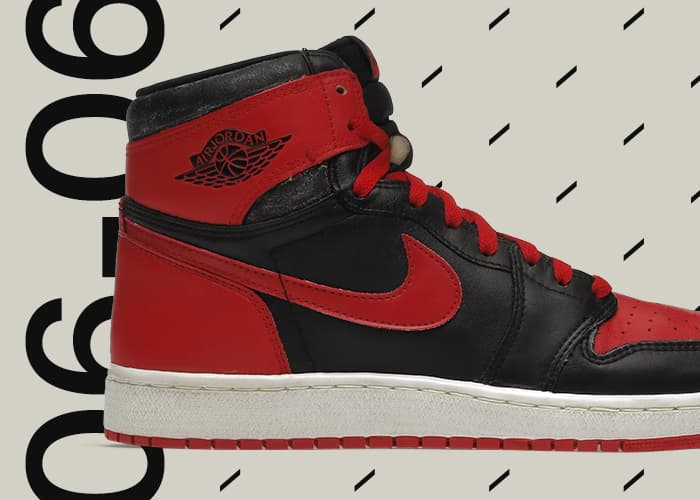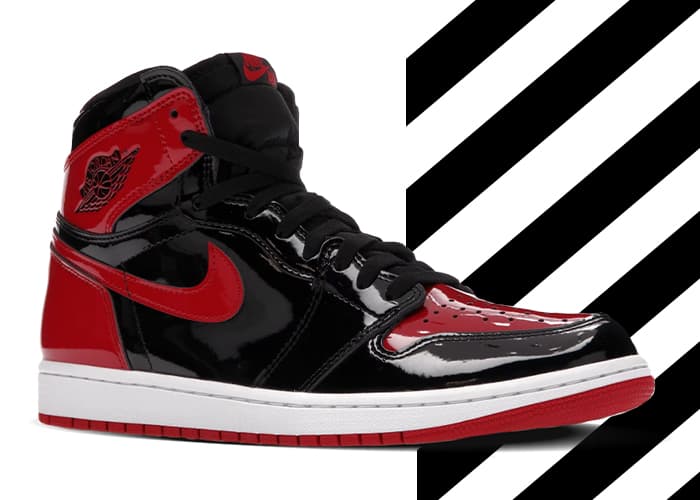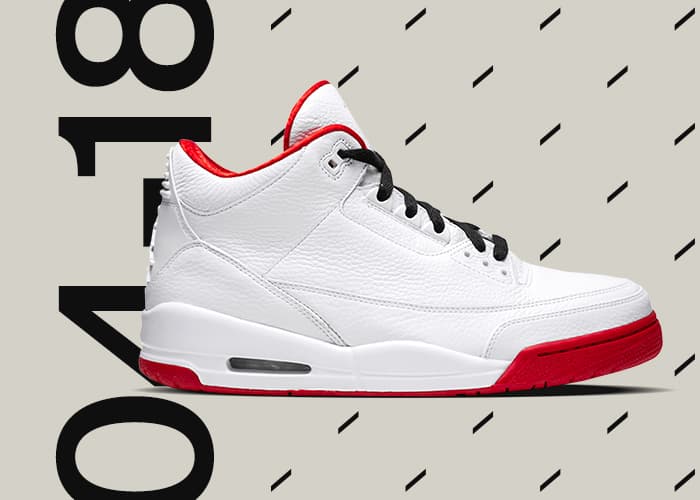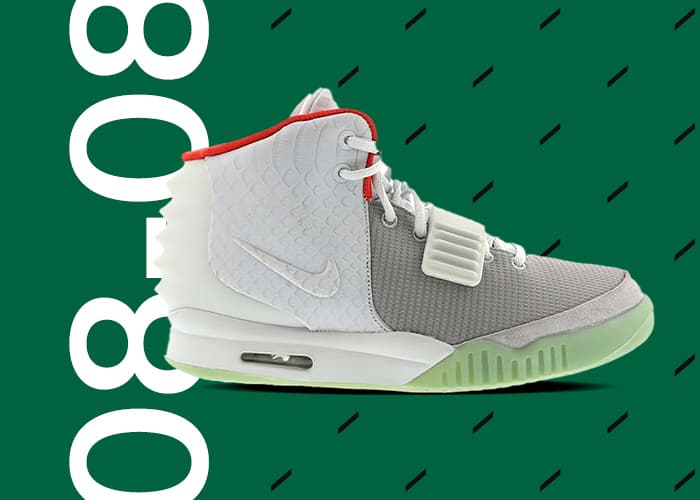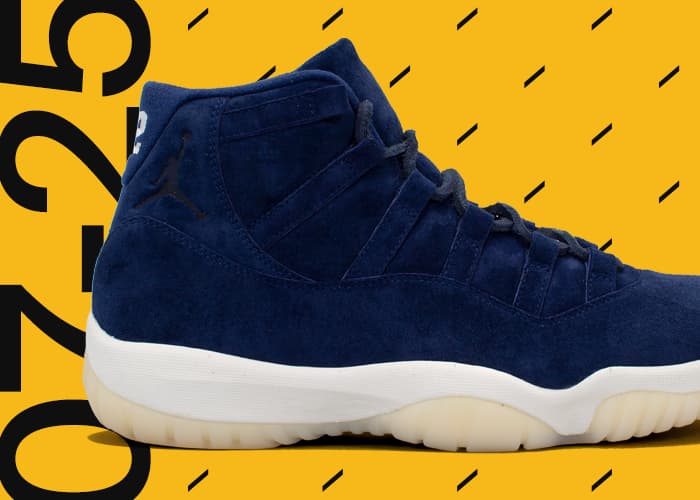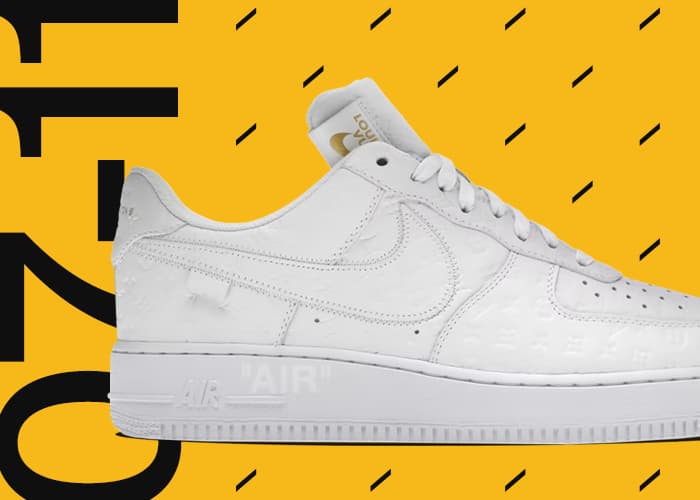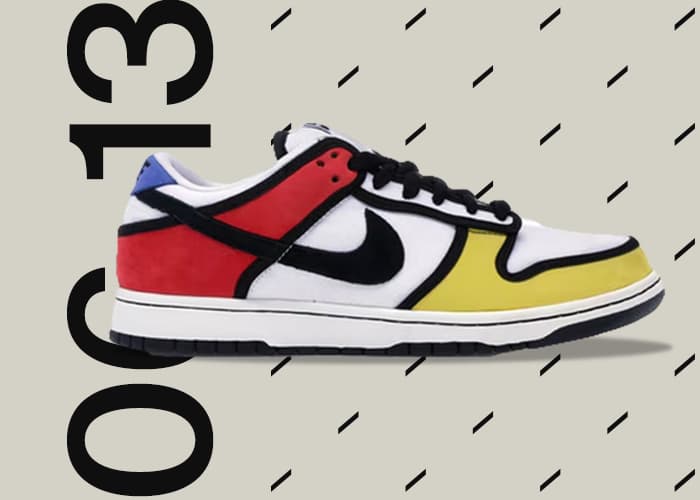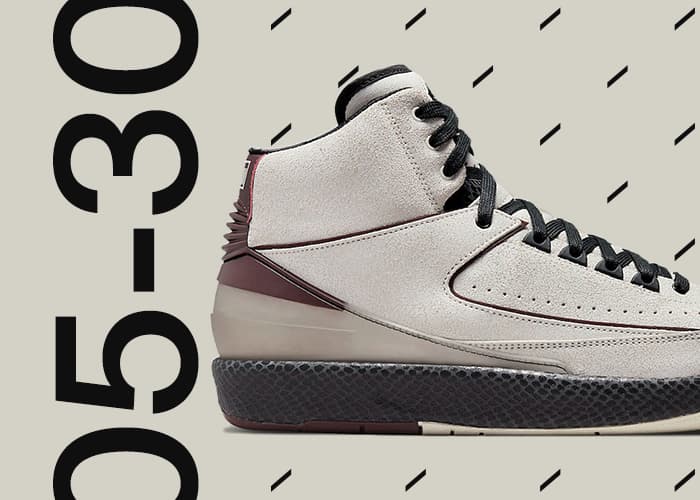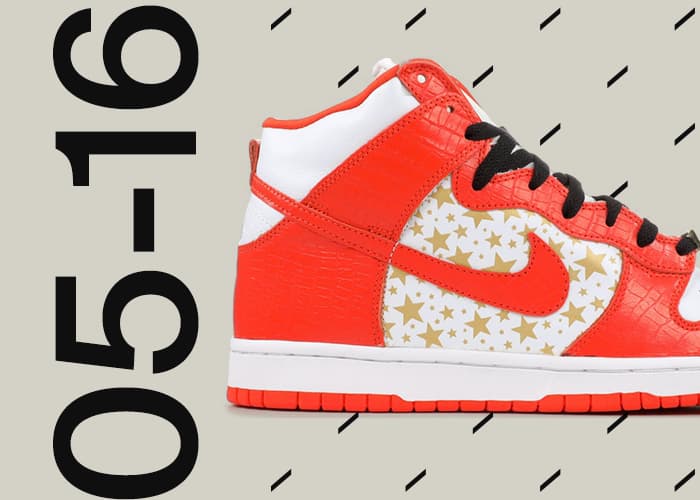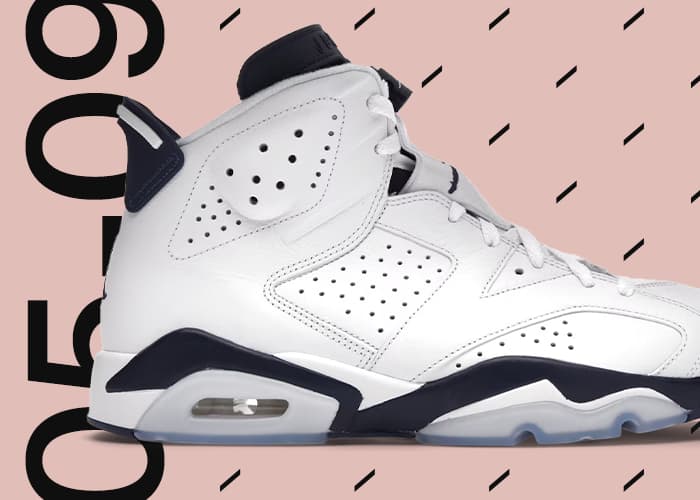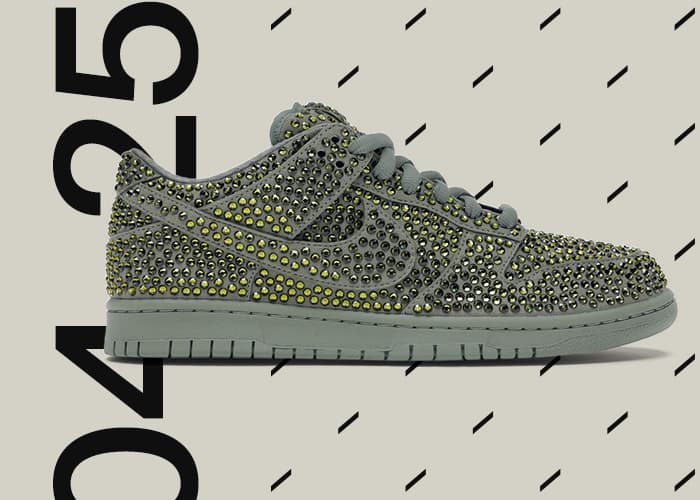It’s fair to say that the Air Jordan 1 started it all for sneakers. There’s plenty of debate to be had, but the Jordan 1 started the most prominent signature sportswear line in history, the business of sneaker resale, and the hobby of sneaker collecting. Its popularity has survived four decades, becoming a street staple in culture of the past and present.
While there is a lot we do know about the Air Jordan 1, there are some facts about the shoe and its history that may have slipped under the radar for the casual fan.
Here are seven things about the Jordan 1 that you may now know about.
1. Michael Jordan’s Parents Made Him Sign With Nike

Image by Nike
When Michael Jordan and his agent David Faulk started shopping for sneaker endorsements in the summer of 1984, Jordan refused to meet with Nike. He had his mindset on signing with Converse.
Faulk explained in The Last Dance that he insisted for Jordan to meet with Nike because knew the company would be the right fit. Nike was a fledgling upstart company that was desperate to acquire the endorsement of a rising star in Jordan. They claimed they would make MJ their priority and do anything to sign him. Even with this information, MJ would not budge. So, Faulk had to enlist the help of Jordan’s parents.
Deloris Jordan, MJ’s mother, forced her son onto the plane to fly to Beaverton, Oregon and listen to Nike’s pitch. After hearing what Nike was offering, which was the largest sneaker deal in basketball history, an opportunity to be the face of their growing basketball line, and an innovative signature shoe, MJ explained in The Last Dance that his father James told him, “You’d have to be a fool not taking this deal. This is the best deal.” Jordan still wasn’t convinced but took the deal against will, and the Air Jordan 1 was born.
2. Air Jordan Was Created in Less Than a Minute

Image by Nike
It didn’t take much time for the Air Jordan name we know today to be created. Faulk told Action Now that he was able to come up with that moniker in under a minute in a meeting with Nike executives.
He initially proposed for the signature line to be simply called Michael Jordan, but Nike pushed back because it was a big risk naming an entire product line after a 21-year-old draft prospect with no credibility.
So, Faulk came back with the name Air Jordan. He explained the name signified Jordan’s above-the-rim style of play and also highlighted Nike’s Air technology, which was their competitive advantage. From that point on, the design was called the Nike Air Jordan, or as we know it today, the Air Jordan 1.
3. It Wasn’t Banned

Image by Nike
The apocryphal story goes that in 1984, the original Air Jordan 1 was banned from the NBA for violating the dress code and MJ was fined $5,000 for every game he wore the shoes. Nike allegedly paid the fines for Jordan because they believed in their product and MJ’s talents. But that story isn’t true.
There are a few things that make Nike’s “Banned” storyline impossible. For starters, there is no photo evidence of Michael Jordan ever wearing the Air Jordan 1 Bred in an NBA game. The Air Jordan 1 was still in development during the first half of Jordan’s rookie season, so he most likely wore a similar design, the Nike Air Ship, in a black and red colorway. The only photo of Jordan wearing the Bred 1 on court in that time frame was during the 1985 NBA Dunk Contest, which was outside of regular season play and subject to different rules.
There is also no evidence that the NBA actually fined Jordan for violating the dress code. The only documentation that can be found is a letter from the NBA threatening to fine him, but no actual recorded fines.
4. Michael Jordan Once Called the Jordan 1 Ugly on TV

Image by NBC
It’s almost unimaginable that Michael Jordan would ever talk badly about a shoe with his name on it, but he did. In an interview with David Letterman in 1986, Jordan agreed that the Air Jordan 1 Bred was ugly when Letterman made a joke about the Jordan 1 Bred getting banned from the NBA for its lack of appeal, not for its dress code violation. Almost unbelievable.
5. An Air Jordan 1 / Nike Dunk Hybrid Existed

Image by Jordan
In Jordan’s 63-point breakout game against the Boston Celtics in the 1986 playoffs, most Bulls fans believed he was wearing a normal pair of Chicago 1s. However, they were not. Jordan was still experimenting with different shoe soles coming off of his foot injury from the previous fall. Eagle-eyed fans will notice that the Jordan 1 Chicago he wore in his monumental Celtics game actually featured a Nike Dunk sole.
6. The Air Jordan 1 Hit Sales Racks

Air Jordan 1s didn’t always sell out instantly like they do today. One year following their initial release, the Jordan 1 sneakers hit sales racks. In an interview with Complex, Air Jordan 1 designer Peter Moore recalled that after the initial Jordan 1 shipments sold out, every retailer was fiending for more. Nike overproduced the shoe in order to cool the fire, and naturally, demand dwindled. For the next few years, Air Jordan 1s sat on shelves at discounted prices, opening up the once-expensive shoe to new demographics.
7. The Reason for Retro

Image by Trophy Room
We would not have Retro Jordans today if not for the Air Jordan 1. In 1994, Nike re-issued the Bred and Chicago Jordan 1 colorways for the first time in celebration of the 10th Anniversary of the silhouette. At the time, a company re-issuing an old design was unheard of. Most fans didn’t understand the point of releasing a sneaker with out-of-date technology, so the first Jordan 1 Retro flopped. Stock sat on shelves and the shoes eventually hit sales racks. Truly unbelievable if you are used to today’s Jordan 1 craze.
The design ethos of most sportswear companies in the 80s and 90s was to release innovative performance products, develop a new product with better technology, and then replace the prior model, as it was deemed obsolete. Nike broke this cycle with the Air Jordan 1 by valuing its nostalgic importance and street appeal. Now, we welcome Retros every week from many brands, as they provide functionality beyond the court and a feeling of nostalgia connected to Jordan’s monumental career.




